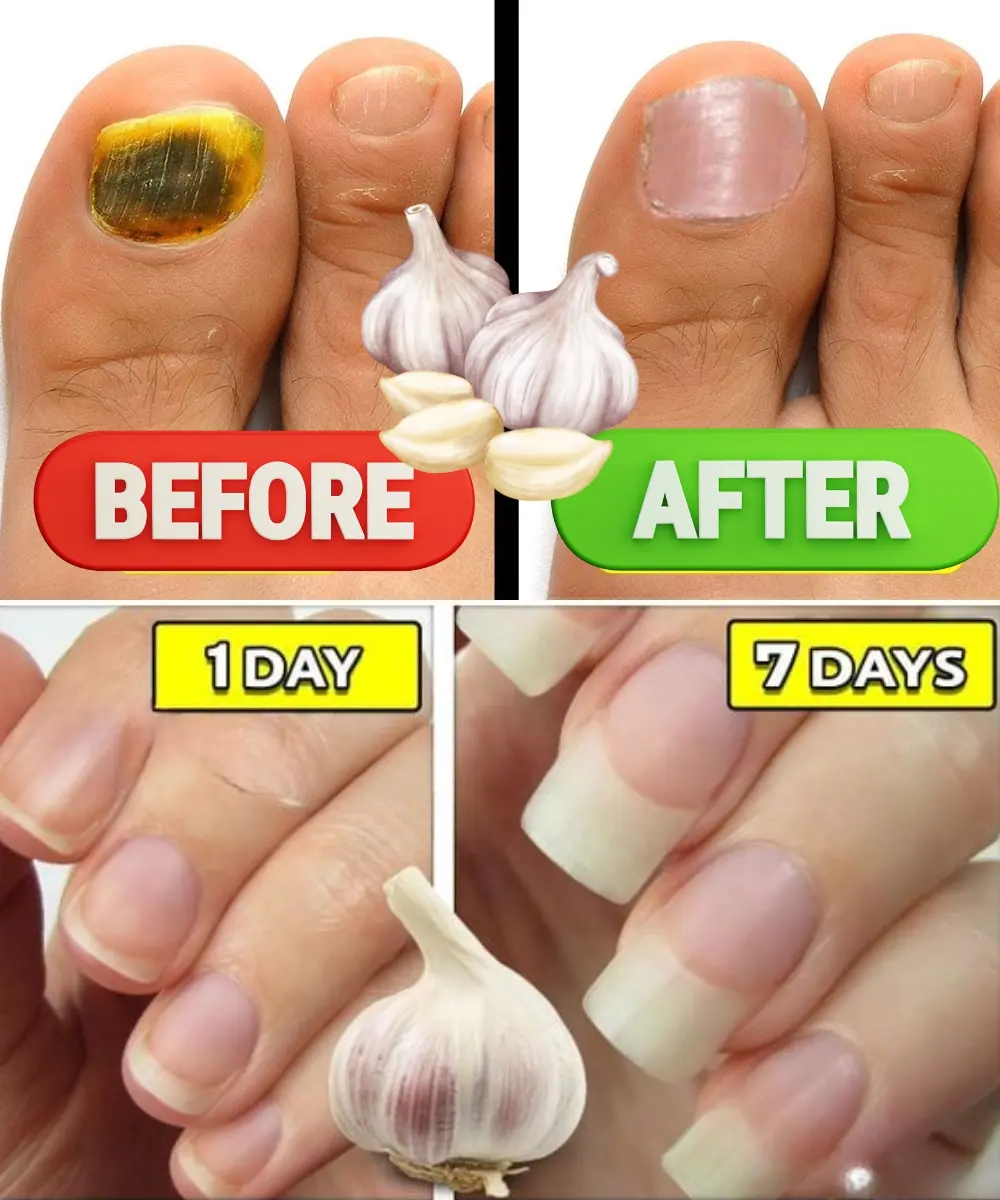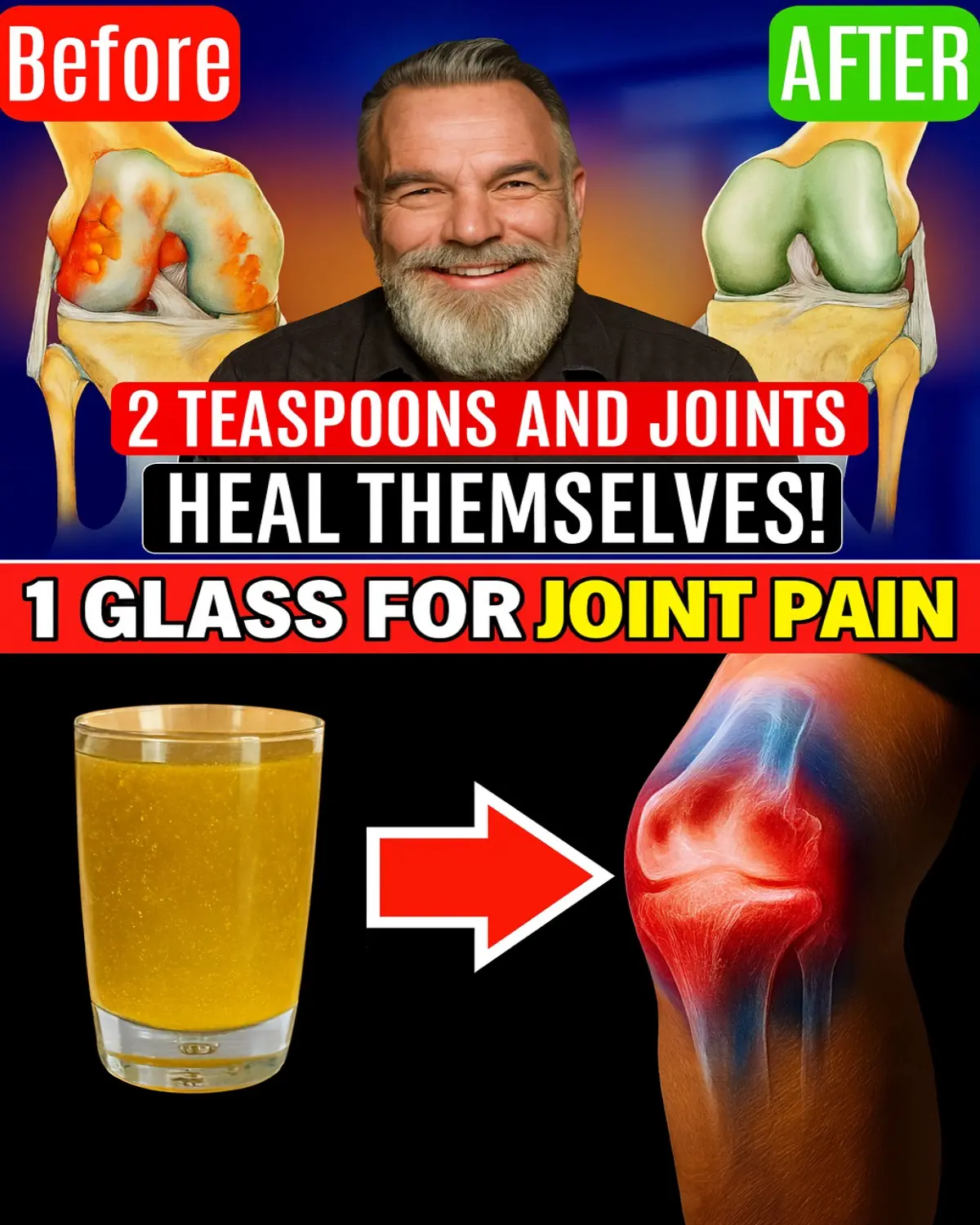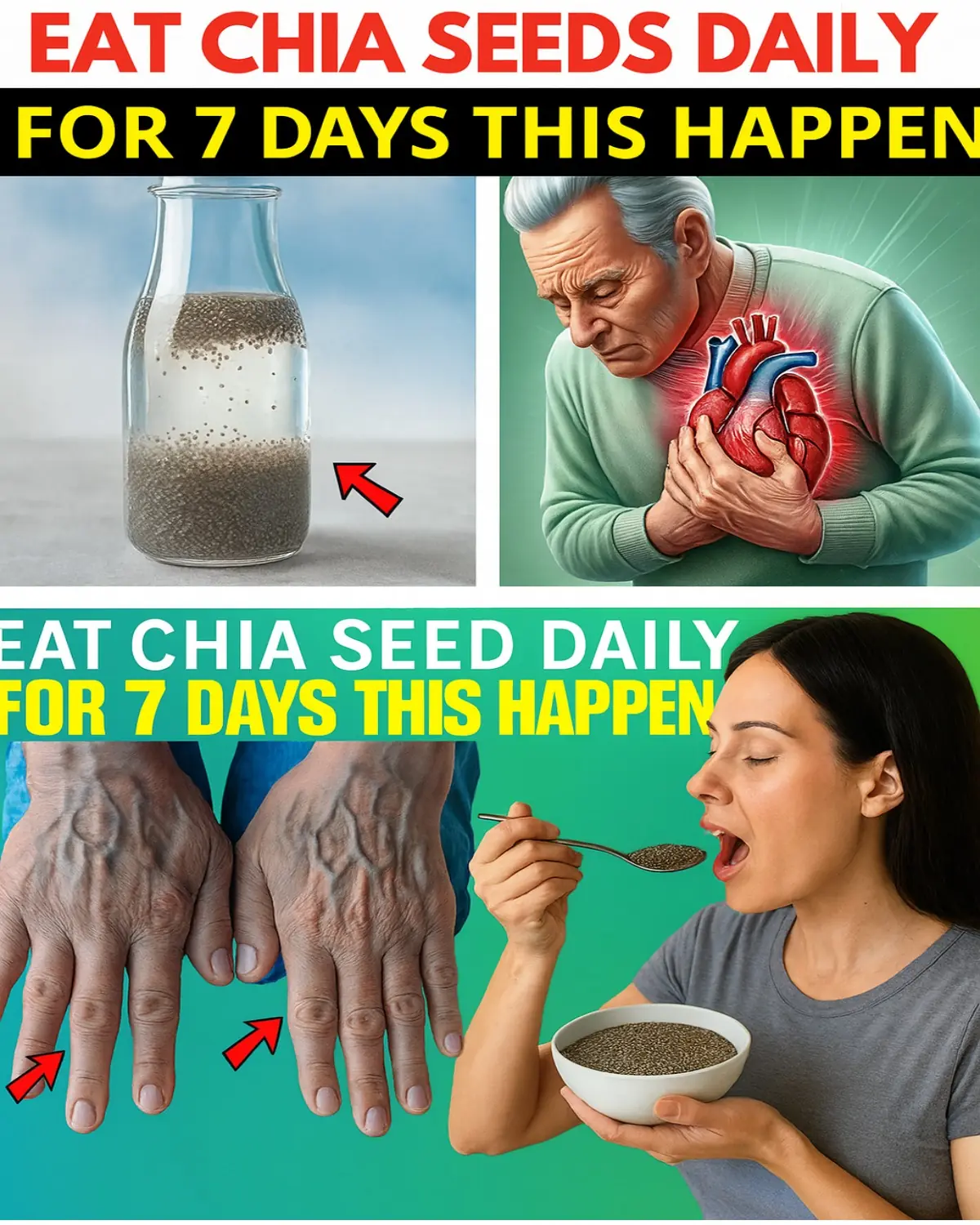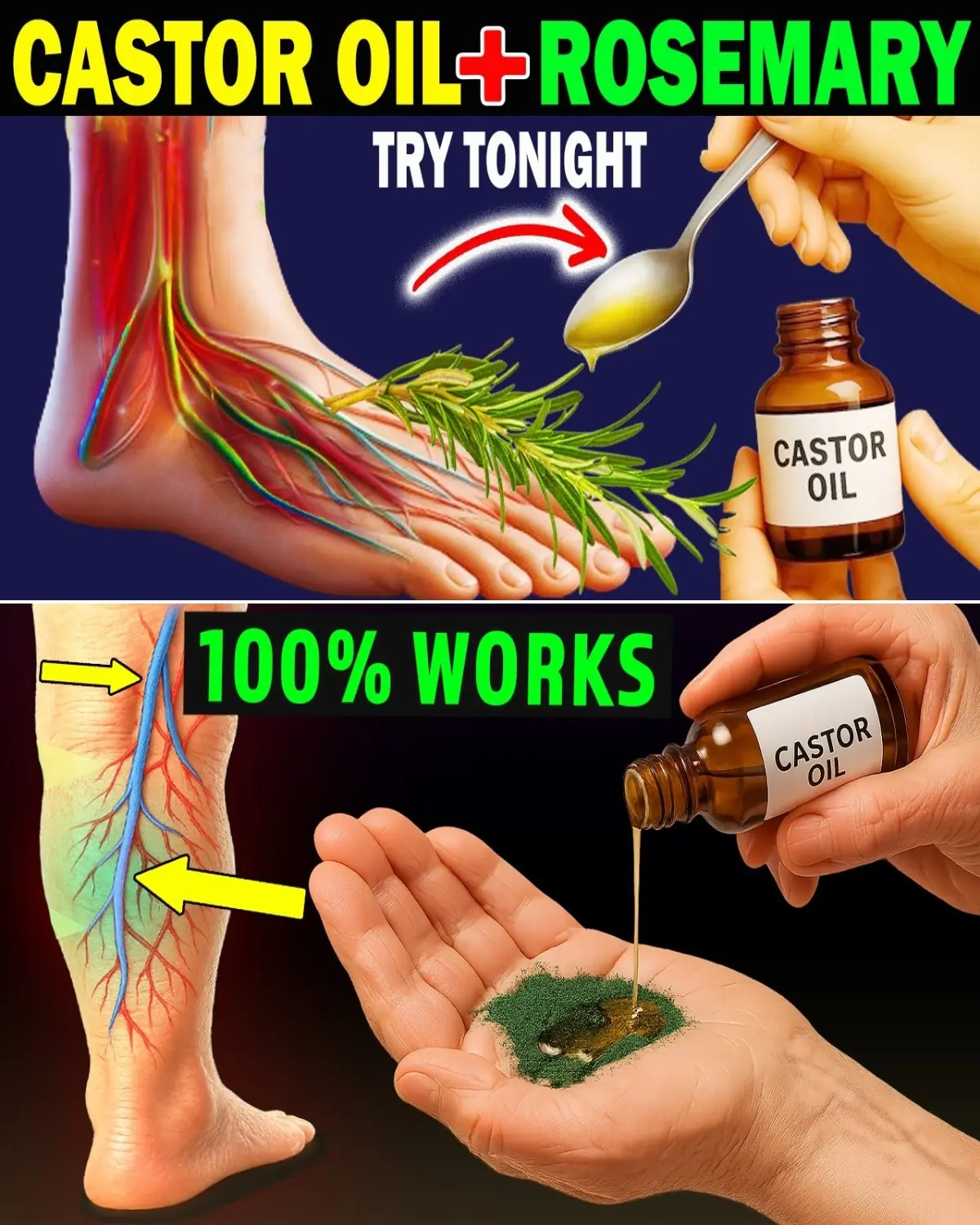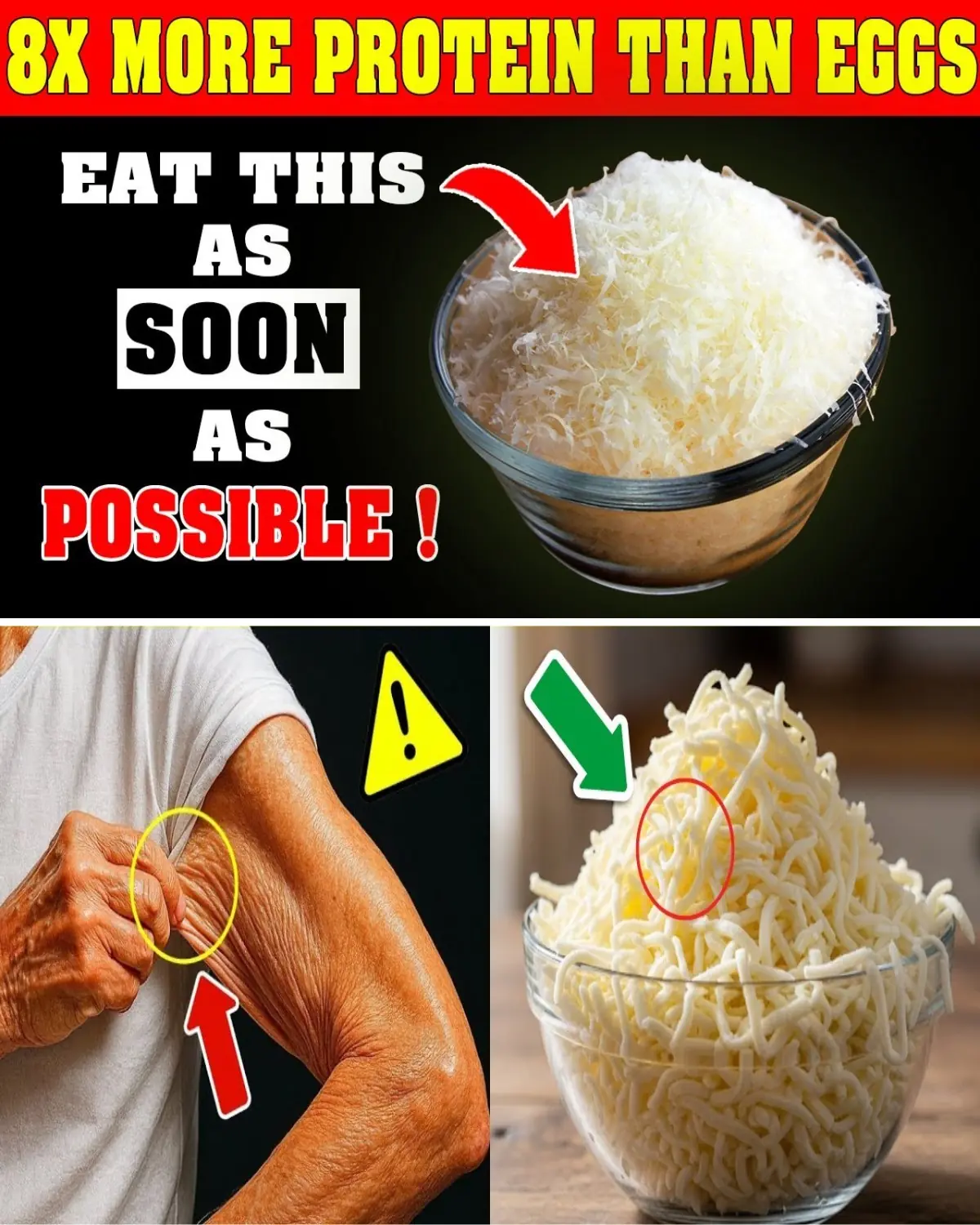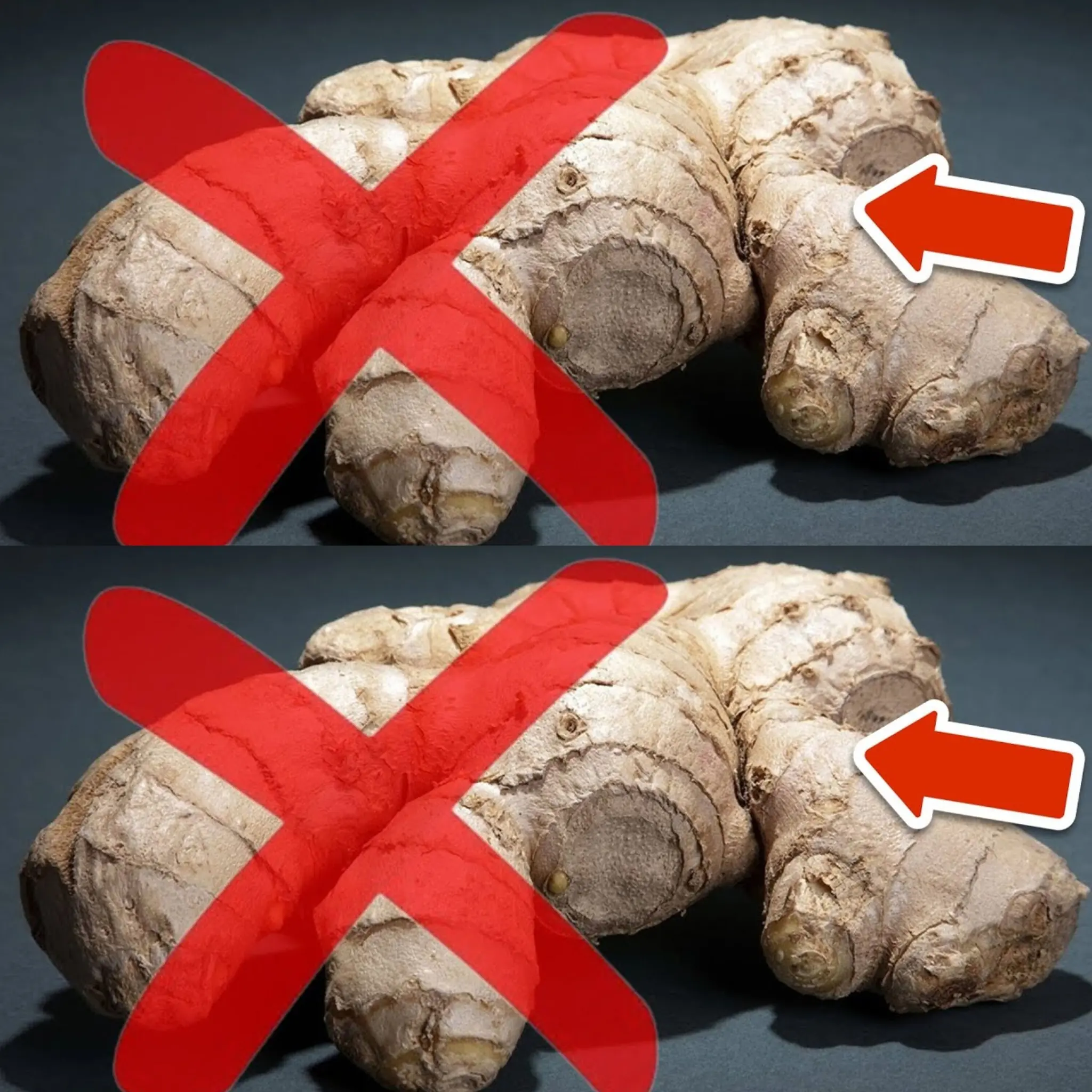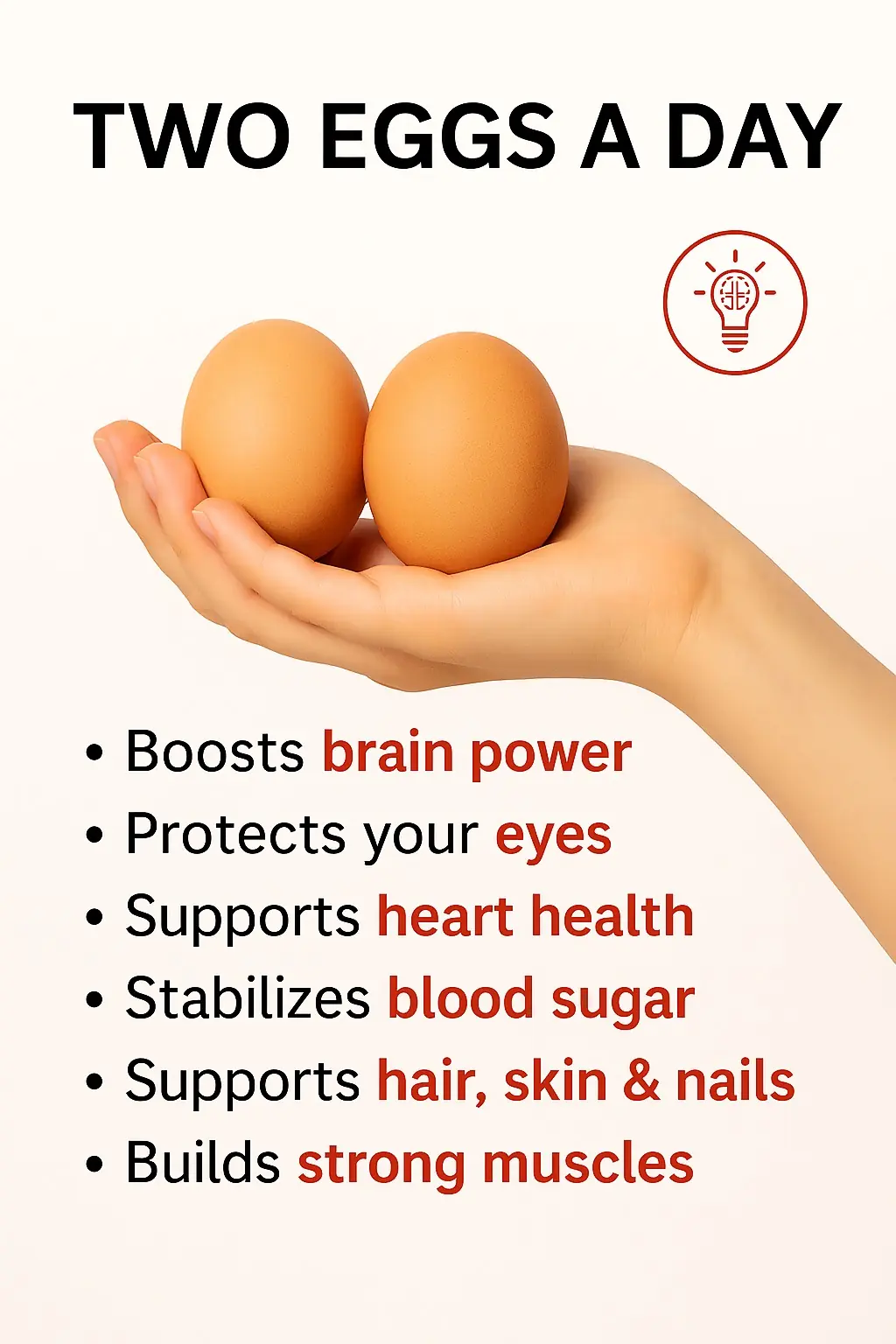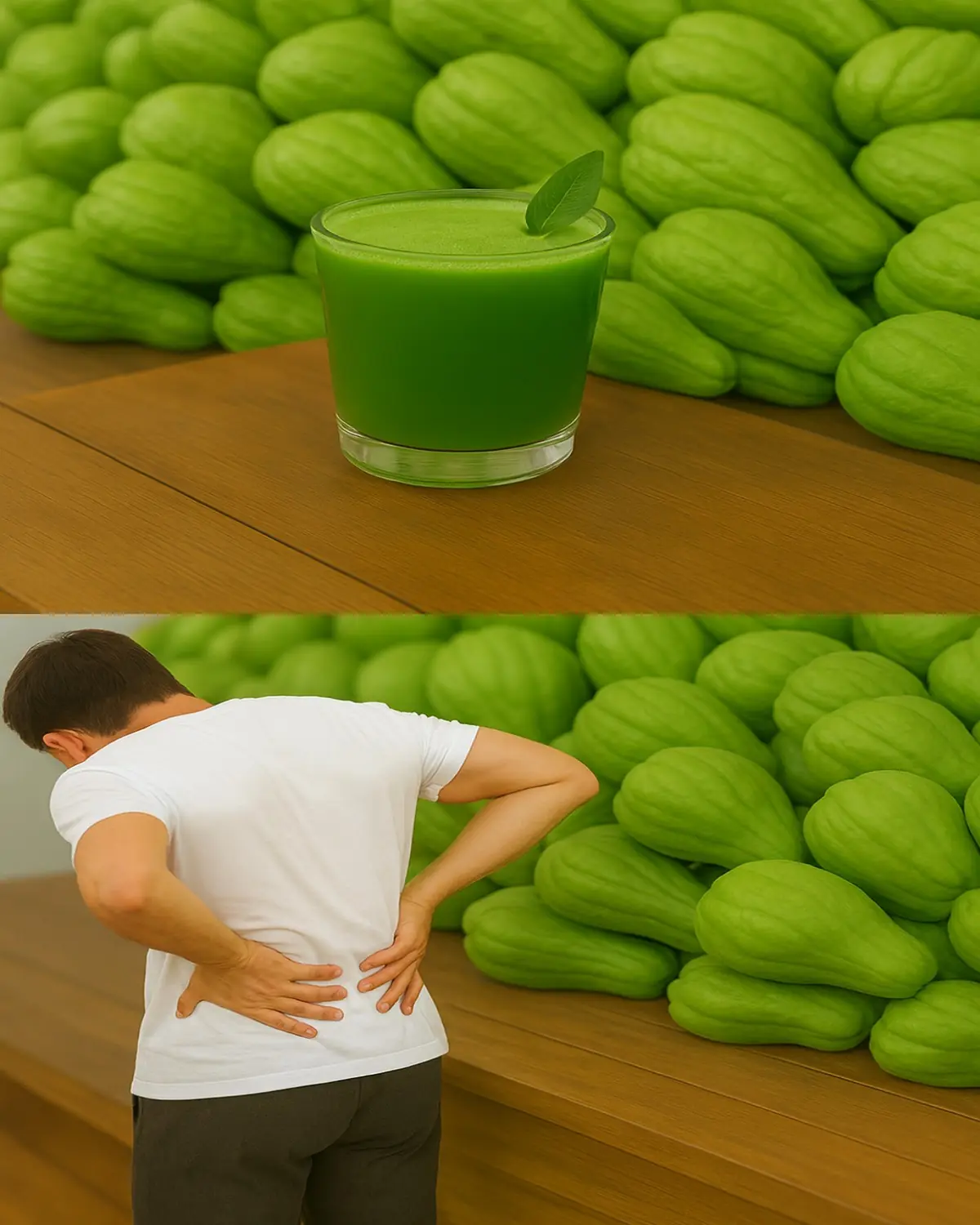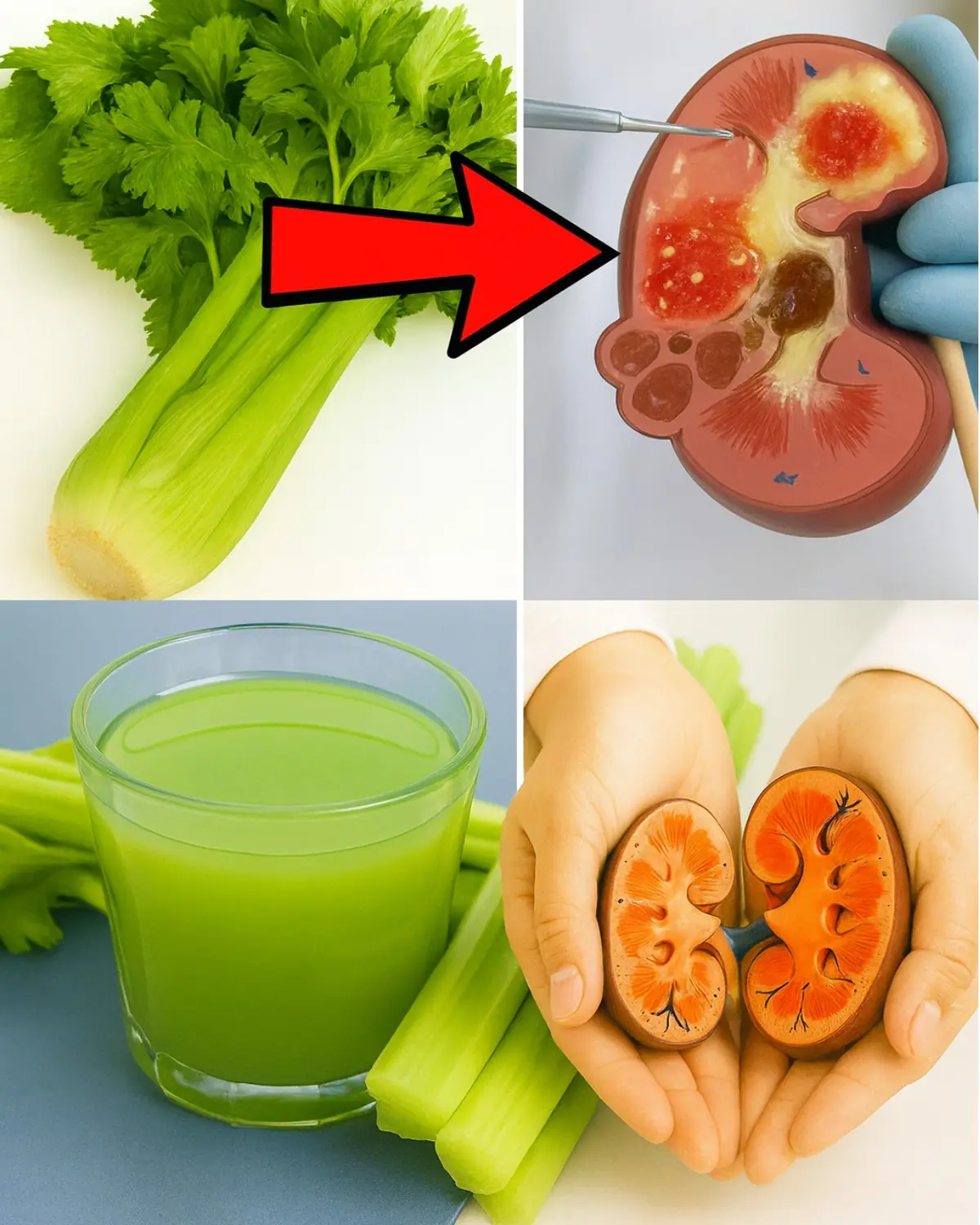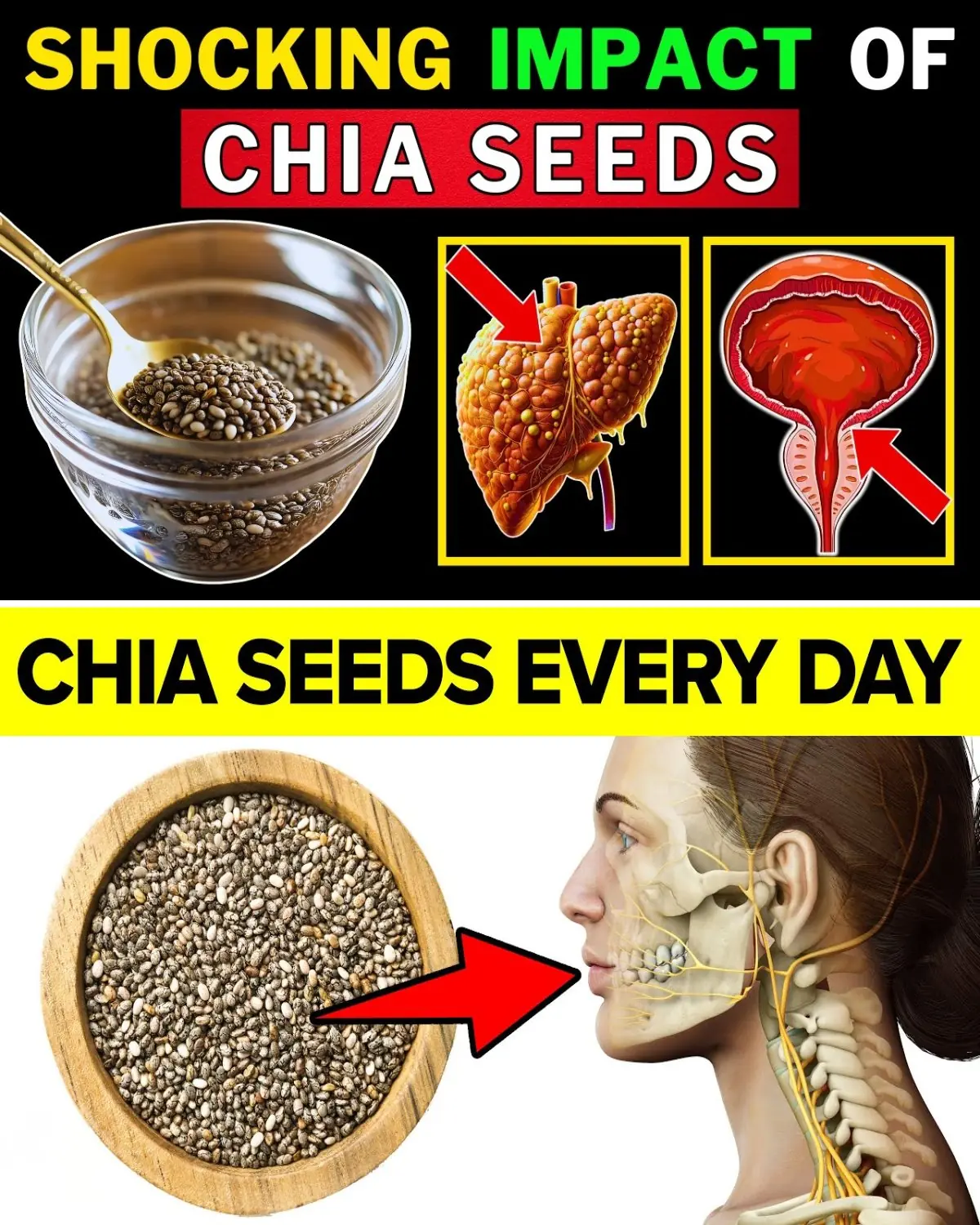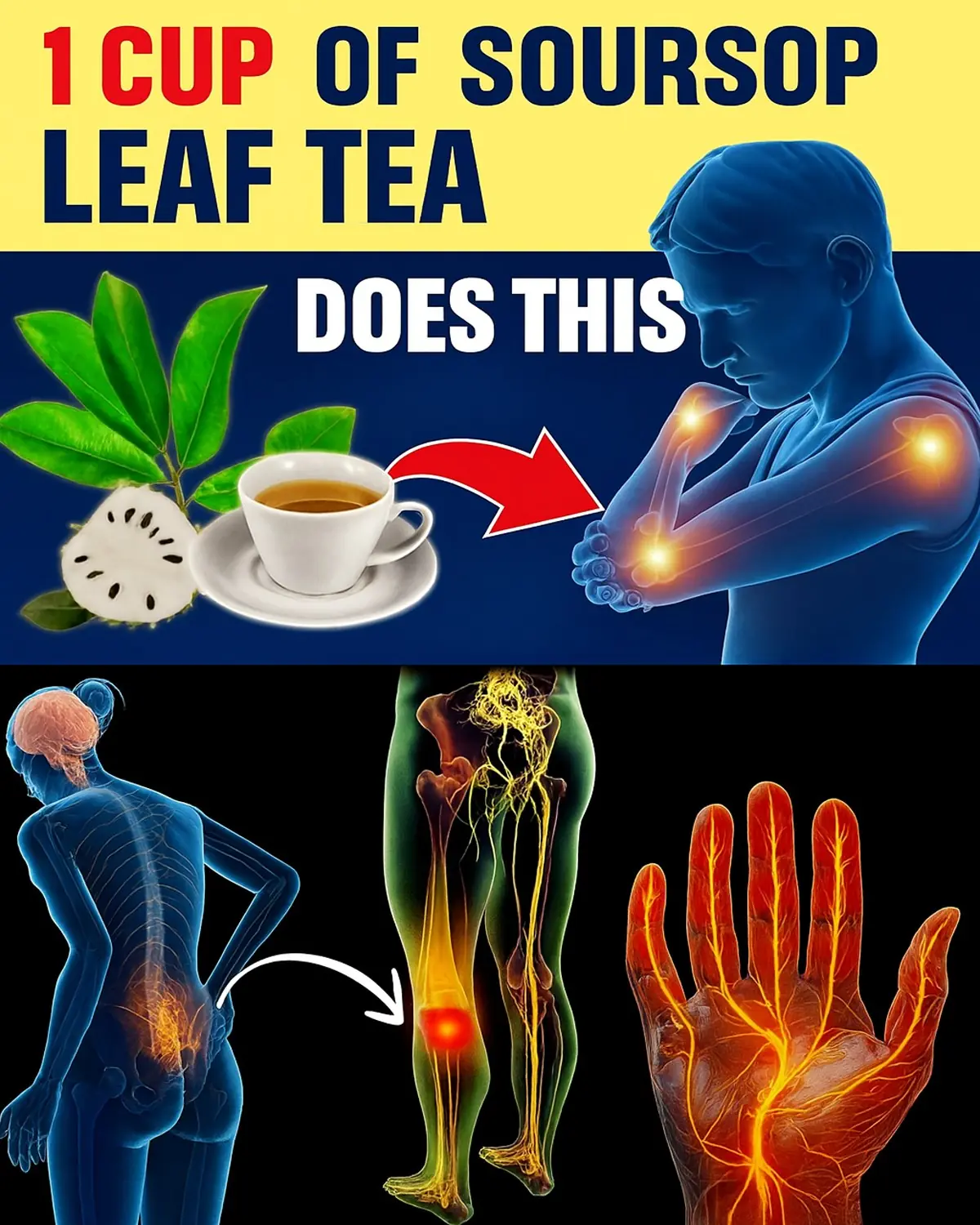
Few ingredients are as universally loved and widely used as the humble tomato.
Whether it’s sliced fresh in a summer salad, simmered into a rich pasta sauce, blended into a morning juice, or roasted for a hearty stew, tomatoes are a kitchen staple across cultures and cuisines.
But beyond their juicy flavor and vibrant color, tomatoes are a nutritional powerhouse — packed with vitamins, antioxidants, and disease-fighting compounds that make them one of the healthiest foods you can eat.
Let’s explore why this vibrant red fruit (yes, botanically, it’s a fruit!) deserves a starring role not just on your plate — but in your wellness routine.
🍅 More Than Just a Flavor Booster: A Nutritional Treasure
Tomatoes are low in calories — about 18–22 calories per 100g — yet incredibly rich in essential nutrients. One medium tomato delivers a surprising nutritional punch:
Vitamin C
Boosts immune function, supports collagen production for healthy skin
Vitamin A
Promotes eye health and strong vision
Vitamin K
Essential for blood clotting and bone strength
Potassium
Helps regulate blood pressure and heart function
Folate (B9)
Supports cell growth and is vital during pregnancy
Fiber
Aids digestion and promotes gut health
And because they’re naturally low in sugar and fat, tomatoes are a smart choice for weight management and heart-healthy diets.
🔴 The Star Player: Lycopene — Nature’s Red Shield
The deep red color of ripe tomatoes isn’t just beautiful — it’s a signal of one of nature’s most powerful antioxidants: lycopene.
Lycopene is a carotenoid that gives tomatoes their signature hue — and it’s responsible for many of their disease-fighting properties.
💡 Why Lycopene Matters:
Powerful Antioxidant: Neutralizes free radicals that damage cells and accelerate aging
Heart Health: Studies show lycopene may help lower LDL (“bad”) cholesterol and reduce inflammation in blood vessels
Cancer Prevention: Research, including studies from Harvard, suggests high lycopene intake is linked to a lower risk of prostate, lung, and stomach cancers
Skin Protection: Lycopene may help protect skin from UV damage, acting as a natural sunscreen from within
✅ Fun Fact: Cooking tomatoes increases lycopene availability. So tomato sauce, paste, or roasted tomatoes actually deliver more antioxidants than raw ones!
Pair them with a little healthy fat (like olive oil), and your body absorbs lycopene even better.
🍅 How Tomatoes Support Long-Term Health
1. Heart Health Hero
Tomatoes help maintain healthy blood pressure and circulation thanks to:
Potassium — counteracts sodium and relaxes blood vessels
Lycopene and vitamin C — reduce oxidative stress and inflammation
Fiber and choline — support healthy cholesterol levels
2. Skin & Anti-Aging Benefits
Vitamin C and lycopene work together to:
Boost collagen production
Reduce signs of aging
Improve skin texture and tone
Regular tomato consumption may even give your skin a subtle, healthy glow.
3. Supports Eye Health
Rich in vitamin A, lutein, and zeaxanthin, tomatoes help protect the eyes from age-related macular degeneration and cataracts.
4. Aids Digestion & Gut Health
With their high water and fiber content, tomatoes:
Prevent constipation
Support a healthy gut microbiome
Promote smooth digestion
Just don’t overdo it if you’re sensitive to acidity — they can trigger heartburn in some people.
🍅 How to Enjoy Tomatoes for Maximum Benefit
The best part? Tomatoes are incredibly versatile — and delicious in so many forms:
Raw: In salads, sandwiches, or salsas — great for vitamin C
Cooked: Sauces, soups, stews — boosts lycopene absorption
Roasted: Deepens flavor and enhances antioxidant power
Blended: Fresh tomato juice or gazpacho — hydrating and nutrient-dense
Dried or as paste: Concentrated flavor and nutrients — perfect for sauces
✅ Pro Tip: Always add a splash of olive oil when eating tomatoes — it dramatically improves the absorption of fat-soluble lycopene and vitamin A.
🛒 Choosing & Storing Tomatoes
Buy ripe, firm tomatoes with bright color and a sweet, earthy smell
Avoid refrigerating whole, ripe tomatoes — cold dulls flavor and texture
Store at room temperature, stem-side down, for best freshness
Refrigerate only cut or overripe tomatoes, and use within 2 days
🚫 Who Should Be Cautious?
While tomatoes are safe for most, some people should moderate intake:
Those with acid reflux or GERD — tomatoes are acidic
People with kidney stones — high in oxalates
Individuals on blood thinners — vitamin K can interfere with medication
Always consult your doctor if you have dietary concerns.
🎥 Watch & Learn
👉 Want to see how to make the most of tomatoes in your kitchen?
Check out the video at the end of this article for easy recipes, storage tips, and cooking hacks to get the most out of this superfood.
🌿 Final Thoughts: Small Fruit, Big Impact
Tomatoes are more than just a kitchen essential — they’re a daily dose of disease-fighting, heart-protecting, skin-loving nutrition.
From boosting immunity to supporting long-term health, this vibrant fruit proves that the best medicine often comes from the produce aisle.
So whether you’re tossing them into a salad or simmering them into a sauce, remember:
Every bite of tomato is a step toward better health.
Simple. Delicious. Powerful. The tomato — nature’s red gift to your plate and your body.



